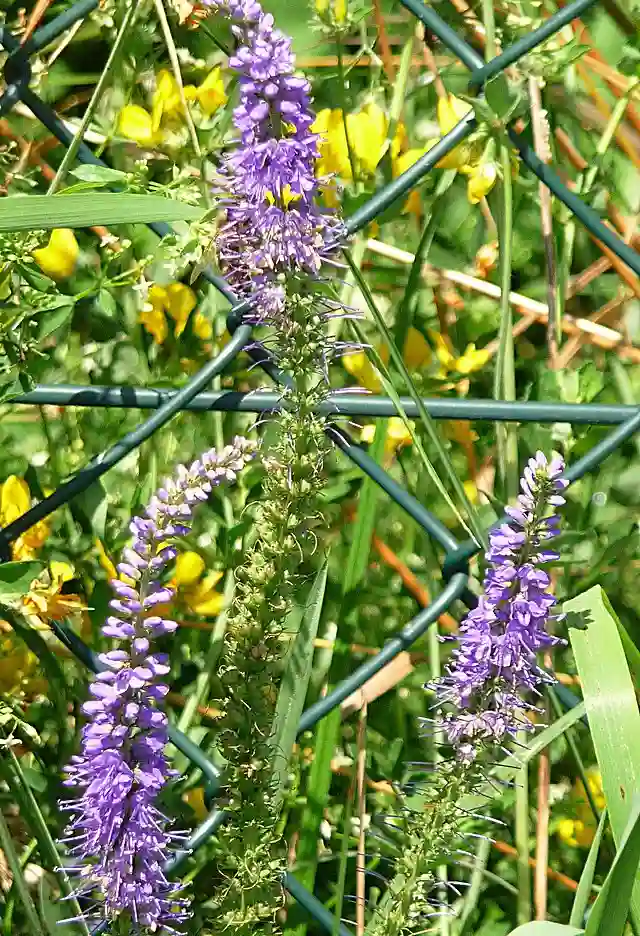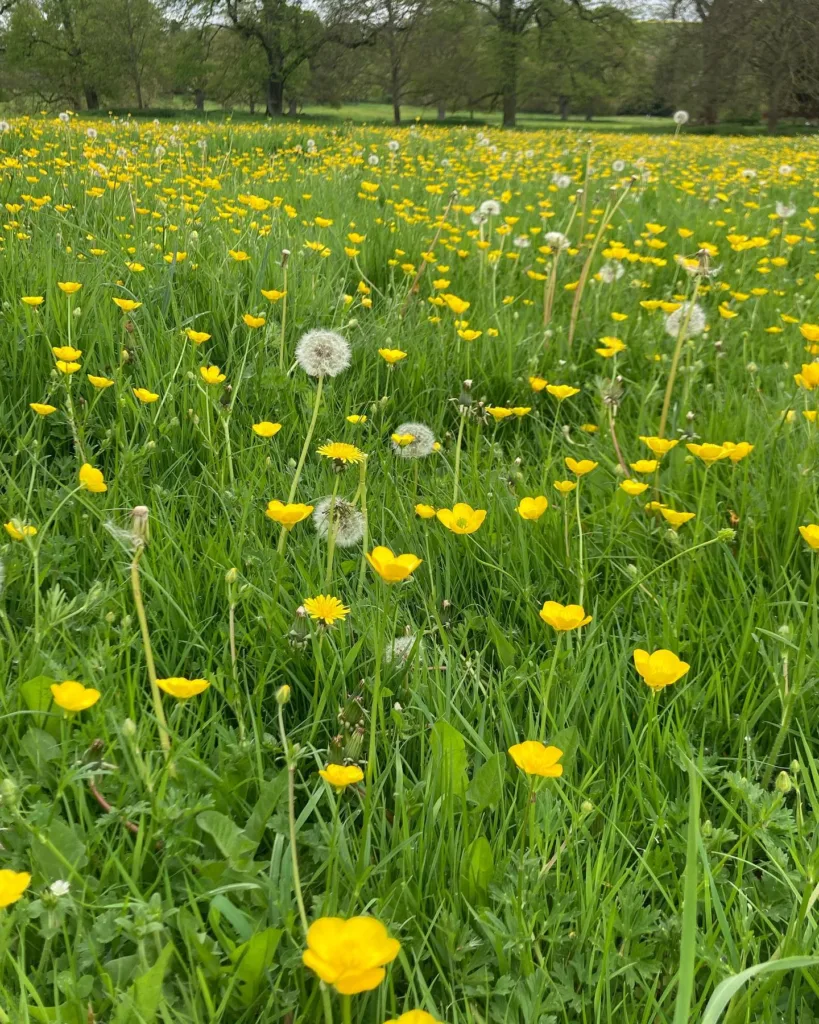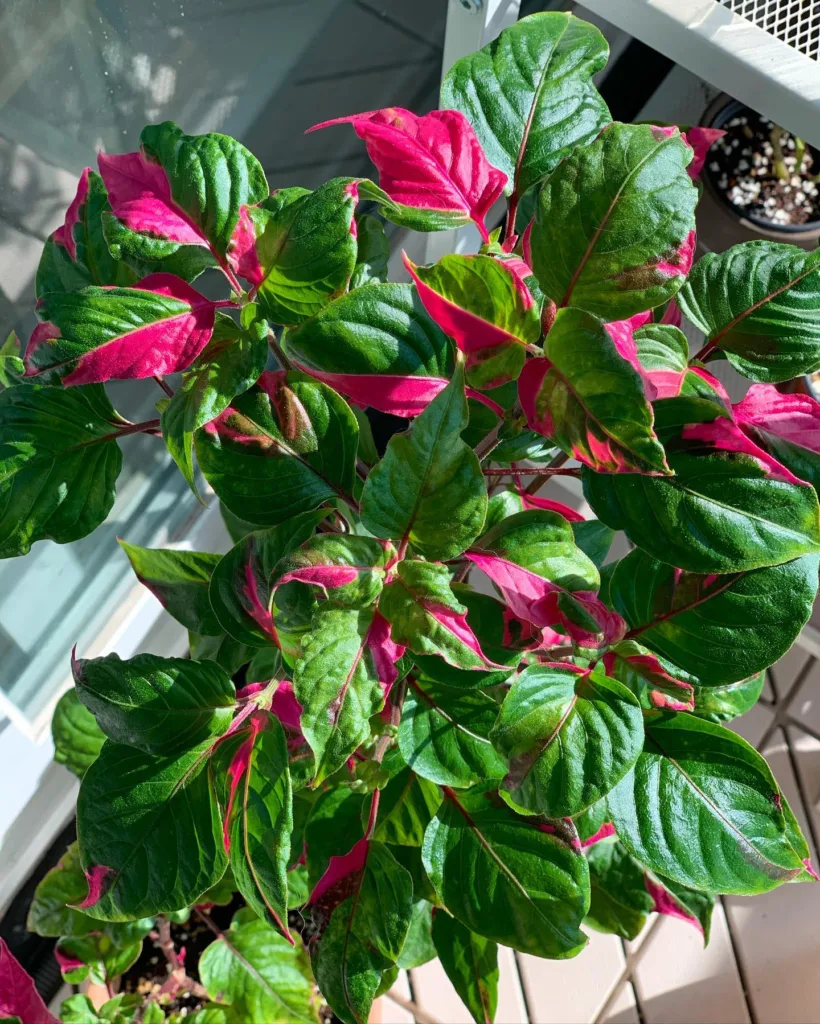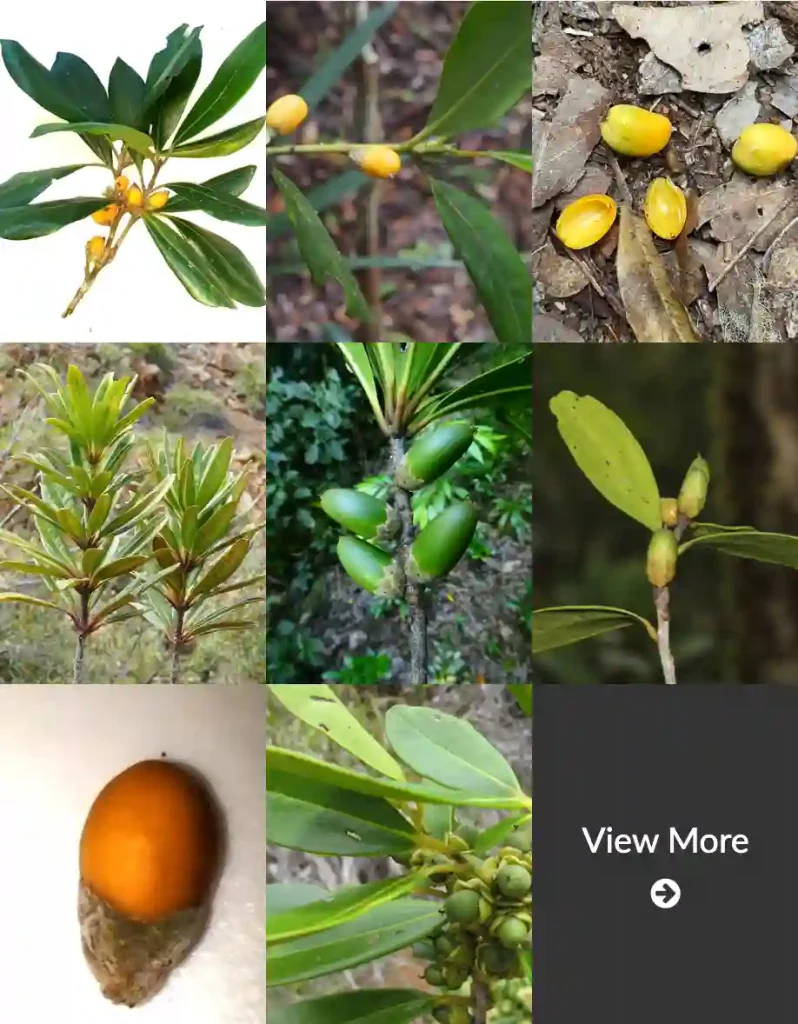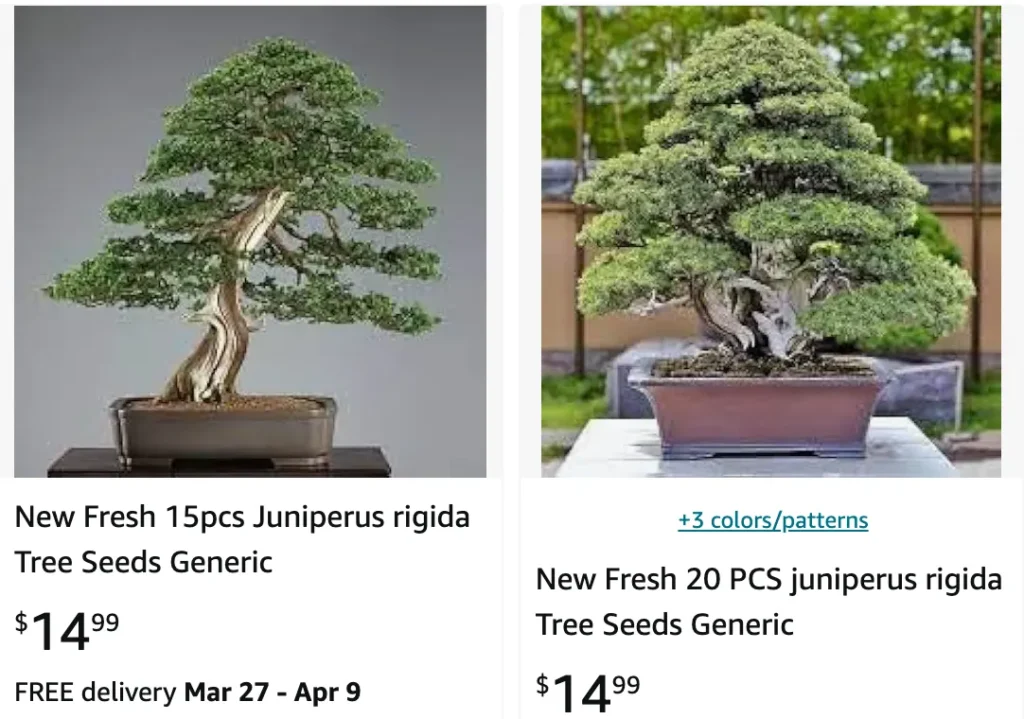
Juniperus Rigida: The Sculpted Beauty of the Temple Juniper
I’m Ferb Vu, and as a landscape enthusiast, I’m drawn to plants with a strong presence. The Juniperus Rigida, also known as the Temple Juniper, is one such species that captivates with its sculptural form and enduring spirit.
Native to rocky slopes and mountain forests in Japan, Korea, and eastern China, this evergreen conifer has earned a place in gardens worldwide for its unique character. Here, I’ll delve into some of the most common questions about the Juniperus Rigida:
74 Species in Genus Juniperus
What is Juniperus Rigida?
Literally translating to “stiff juniper,” Juniperus Rigida is an evergreen shrub or small tree belonging to the Cupressaceae or cypress family. Renowned for its distinct foliage and ability to be trained into captivating shapes, it’s a favorite among bonsai enthusiasts and landscape designers.
The Temple Juniper typically grows 10 to 30 feet tall, with a characteristic pyramidal or irregular crown. Its stiff, needle-like leaves boast a vibrant green hue with a single white stomatal band on the upper surface, adding a touch of texture.
Juniperus Rigida vs. Other Junipers: Highlighting the Differences
Several juniper species share similar characteristics, but the Juniperus Rigida stands out in a few key ways:
• Leaf Form: Unlike some junipers with softer, scale-like foliage, the Temple Juniper boasts stiff needles that contribute to its ability to be shaped.
• Growth Habit: While many junipers exhibit a bushy or rounded form, the Temple Juniper naturally develops a more upright, pyramidal structure.
• Cold Tolerance: Compared to some juniper varieties that struggle in harsh winters, the Temple Juniper exhibits excellent cold tolerance, thriving in USDA hardiness zones 4 to 7.
How to plant and care for Juniperus Rigida?
The Temple Juniper isn’t fussy and adapts well to various conditions. However, providing the right environment fosters its optimal growth and allows you to shape it to your vision. Here’s a quick guide:
• Sunlight: Full sun is ideal for optimal growth and maintaining a compact form.
• Soil: Well-drained, slightly acidic to slightly alkaline soil is preferred.
• Watering: Water deeply when the soil feels dry to the touch, but avoid overwatering. Established trees are drought-tolerant.
• Pruning: Prune regularly to maintain desired shape and promote air circulation.
Unleashing Creativity: Shaping the Temple Juniper
One of the most captivating aspects of the Juniperus Rigida is its amenability to shaping. Here are some techniques to unleash your creativity:
• Pinching: Pinch new growth throughout the growing season to encourage branching and maintain a dense form.
• Wiring: Use pliable wire to carefully bend branches and create specific shapes. Remember to remove wires after the desired form is achieved to avoid girdling.
• Guy-wiring: Employ guy wires and stakes for larger branches, particularly when creating dramatic bends or cascading structures.
Beyond Bonsai: The Temple Juniper in Your Landscape
While the Temple Juniper excels in bonsai practice, it also shines in traditional landscaping. Here are some ideas for incorporating it into your garden:
• Specimen Planting: Plant a single, well-shaped Temple Juniper as a focal point in your rock garden or Asian-inspired theme.
• Hedge or Screen: Utilize its dense foliage to create a low hedge or privacy screen.
• Container Planting: The Temple Juniper thrives in containers, making it a perfect choice for patios, balconies, or rooftop gardens.
Conclusion: A Timeless Beauty
The Juniperus Rigida, with its sculpted form and enduring spirit, offers a unique element to any landscape. Its tolerance for various conditions, coupled with its ability to be shaped into artistic creations, makes it a plant that rewards patience and creativity. So, whether you’re a bonsai enthusiast or simply appreciate a touch of sculpted beauty in your garden, consider incorporating the Temple Juniper into your space.
If i die, water my plants!
